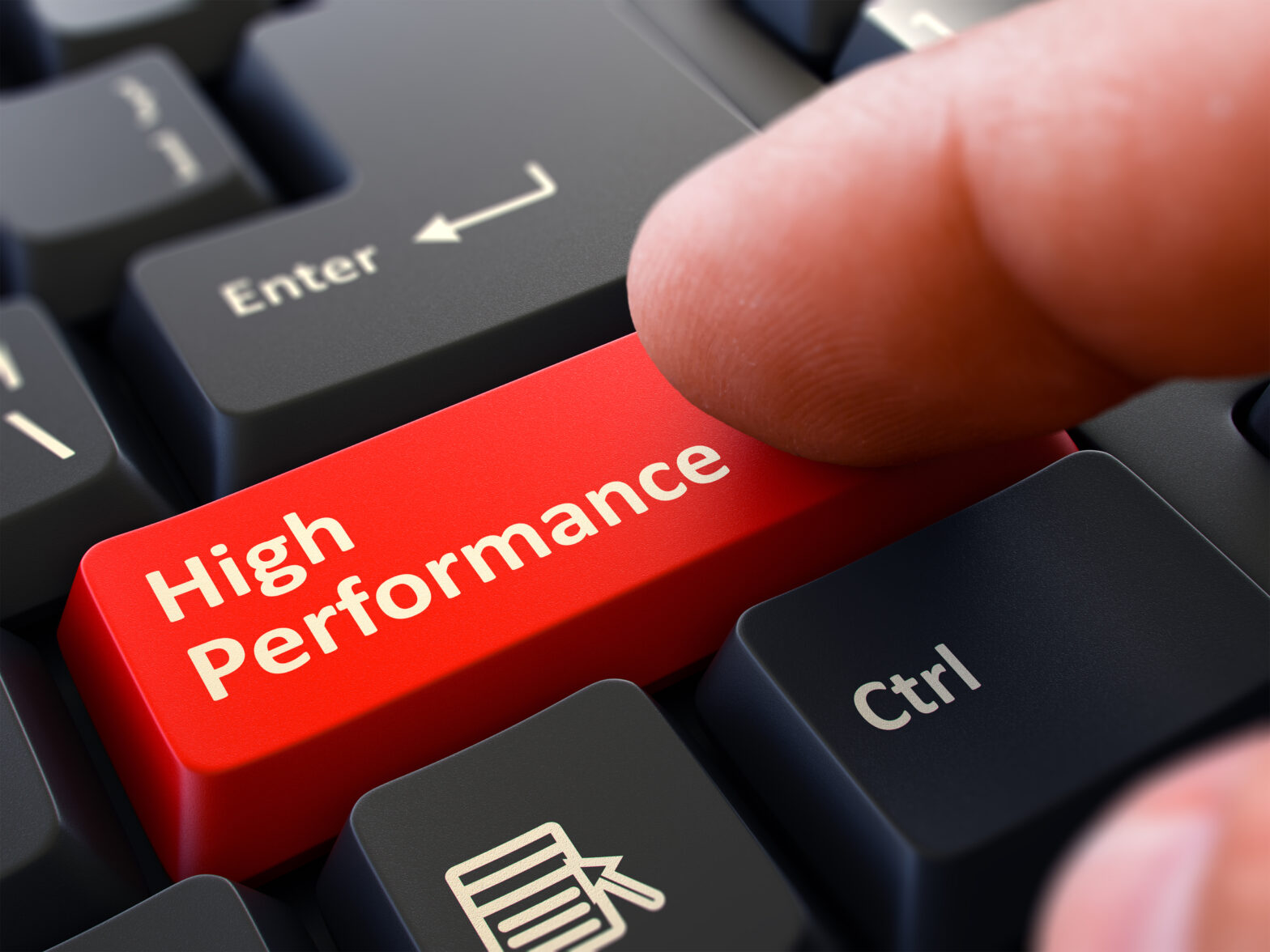Installing extra memory within a server, desktop, laptop or other environment can be the easiest upgrade to improve performance and efficiency. Examples of why you would want to increase memory capacity would be:
- Installation of a new application/database program to your environment
- Adding more functionality to your website
- Adding users to your applications within your workplace.
Whether you’re running a server environment or a non-server environment such as desktops, laptops or workstations within an organisation, upgrading the memory will always revert to the core question of ‘Do I want speed?’ or ‘Do I want capacity?’
These are relatively straightforward questions to answer.
Server memory capacity
If you have a lot of users running many applications on one server or multiple servers, or other device types that utilise memory, you should install as much RAM as possible/your budget suits. This also applies to laptops, desktops and the likes. The more applications you run at once, the more RAM/more GB (gigabytes) you should install. Individual systems by brand and model will have limitations on capacity and speed.
Server memory speed
If you’re looking for response times; ie the time it takes for your requests to be responded to then you should opt for speed. Applications requiring higher performance will often require higher speed memory upgrades.
Server memory power
Users may also wish to upgrade to low power DDR3L (1.35v) memory from their standard DDR3 (1.5v) memory. If you are running an environment that is operational 24 hours per day, 365 day per year with a significantly large quantity of servers, then the saving on power which is reflected in your energy/electricity bills and commitments, can be very significant for large environments.
An example of this would be a large data centre hosting thousands of websites on thousands of servers. The saving by implementing low power DDR3L RAM can be very significant over a long period of time.
Memory technologies
Before you can upgrade you must decipher your server or device brand and model which will then allow you to move onto your upgrade options. Brand and model can typically be found on a plate located on the main part of your device or within the system properties.
There are several types of memory technologies available. The memory form factor will be dependent on your server brand, model and date of release.
Memory form factors; the most common form factors to date from oldest to newest are DDR2, DDR3, DDR3L and DDR4. This is the basepoint to start within before you decide on an upgrade. Once you establish this it will then allow you to move onto deciding on what speed and what capacity to install from here on in.
Memory voltages; DDR2 usually runs at 1.8v, DDR3 runs at 1.5v, DDR3L runs at 1.35v and DDR4 runs at the lowest voltage 1.2v. Lower voltages mean you draw less power from the memory modules, meaning less electricity is used, meaning lower electricity bills.
Memory speeds; the most common form factors to date from oldest to newest are 533mhz, 667mhz, 1066mhz, 1333mhz, 1600mhz, 1866mhz and 2133mhz. 533mhz and 667mhz are typically found in servers, laptops, desktops and devices that utilise DDR2 memory. 1066mhz, 1333mhz, 1600mhz and 1866mhz speed memory is found within systems that use DDR3 and DDR3L memory form factor only, and 2133mhz memory is found exclusively within DDR4 compatible devices such as laptops, desktops and servers.
Memory types; some of the different memory types available are as follows; Non-ECC, ECC Unbuffered, VLP, ECC Reg and LRDIMM. Mixing these different memory types is not allowed within the same system.
This article was provided by KingstonMemoryShop.co.uk.
See also: Our Business Technology Section – A variety of guides and tips around business technology solutions for UK small businesses.





